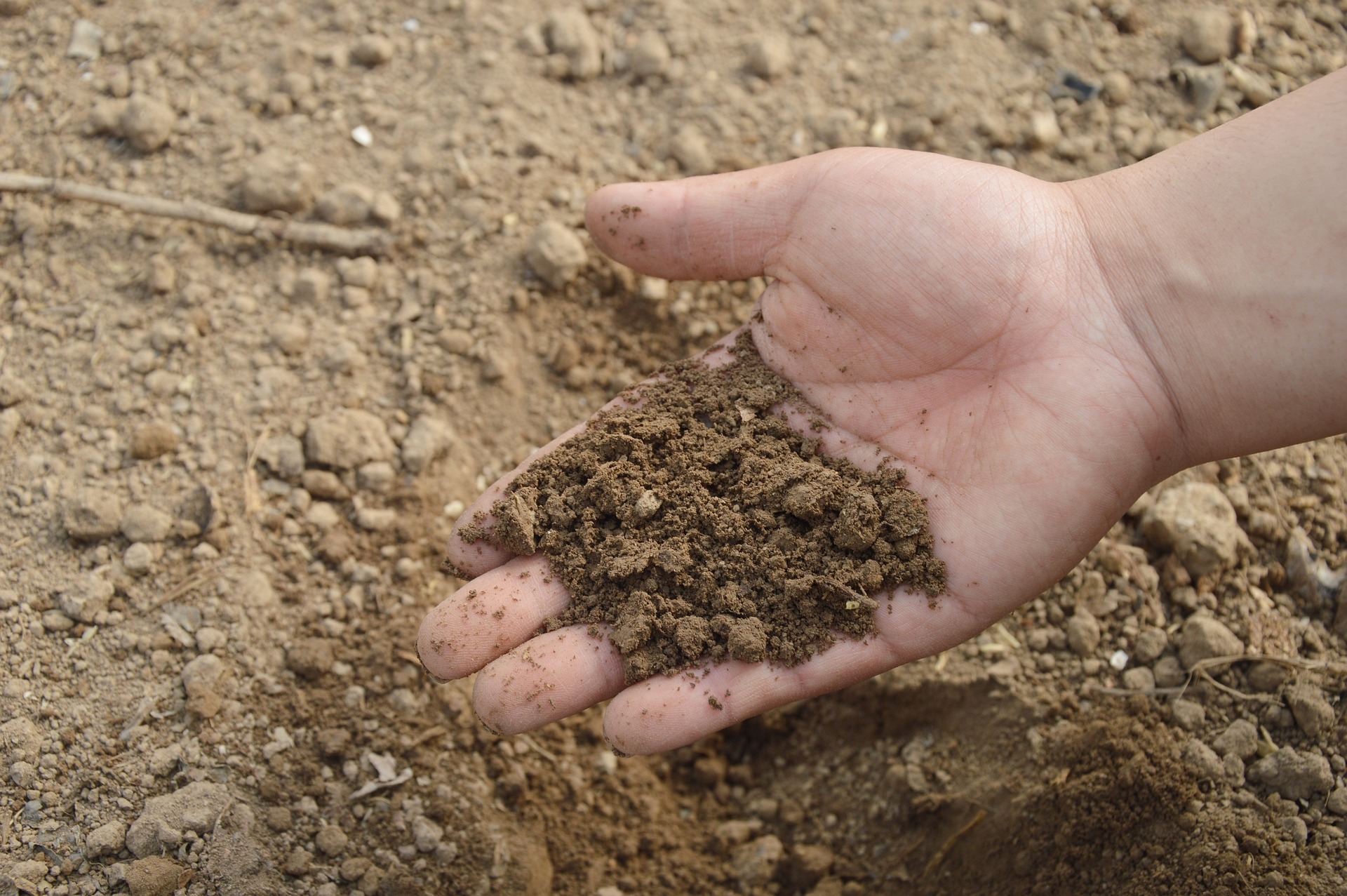Respiration- the movement of carbon from live beings to the atmosphere.
Photosynthesis: the chemical reaction from terrestrial plants who use carbon dioxide and light to produce oxygen and glucose.
Weathering- the breakdown of carbon rich rock which dissolves into the ocean increasing the store of carbon in the ocean.
Decomposition- where decomposers assuming the right conditions are met (wet and humid environment) will lead to the breakdown of organic matter leading to a transfer of carbon into the soil as well as nutrients which increases the fertility of the soil allowing a more variety of plants to grow in the long term.
Combustion- the burning of fossil fuels (anthropogenic cause) or natural leading to a transfer of carbon into the atmosphere.
Diffusion- only takes place where there are cool waters as they are able to absorb carbon from the atmosphere.
Sequestration- this is often most confused amongst students because they assume that this is the same as photosynthesis, but the definition is the transfer of carbon from the atmosphere. This can be in any capacity and includes photosynthesis and diffusion.
Rapid cycling of carbon- this is when carbon stores is able to rapidly transfer from one store to another like combustion or volcanic eruptions.
Slow cycling of carbon- the opposite of rapid cycling and includes photosynthesis, diffusion and weathering
